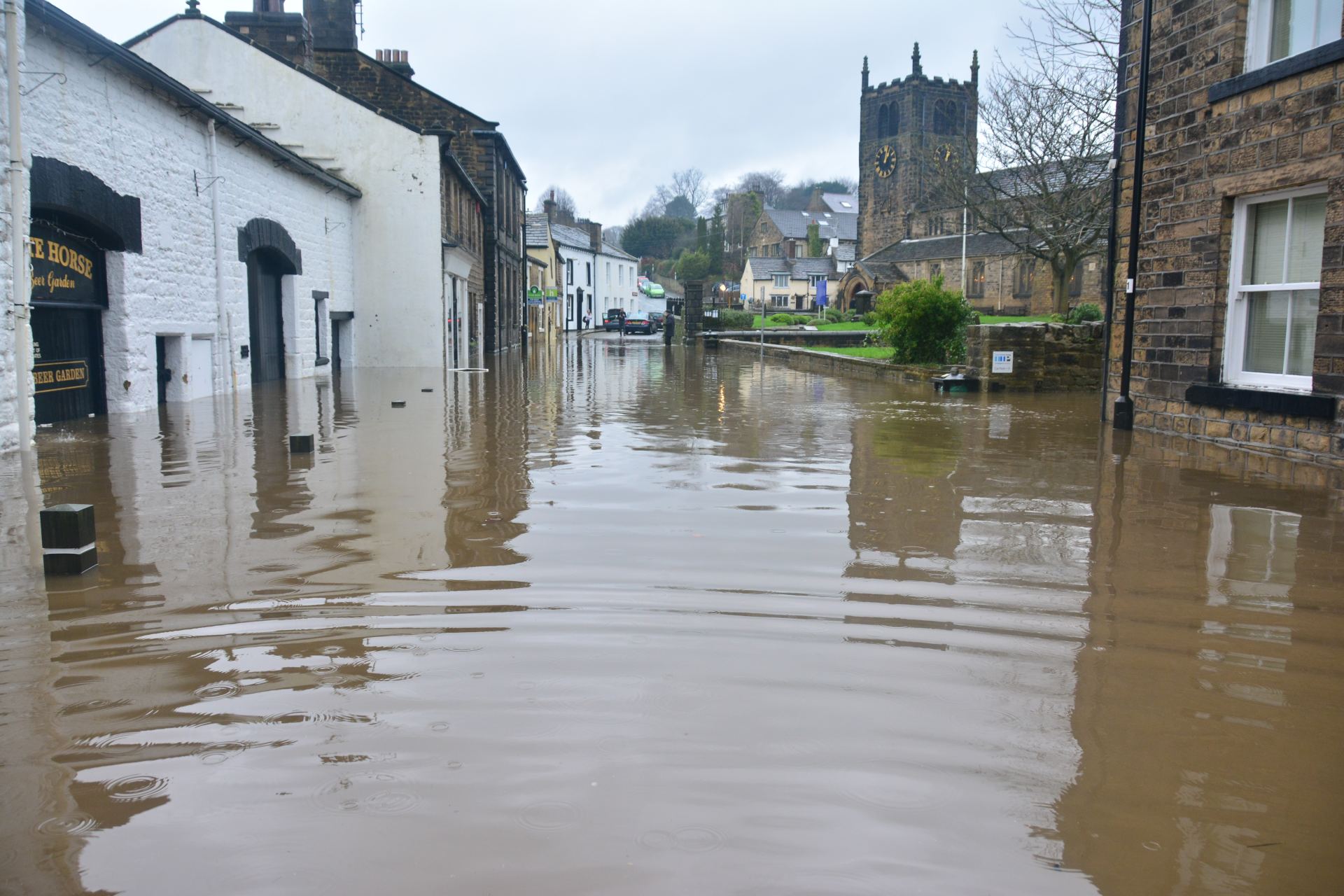Liska Environmental is a team of highly experienced flood risk consultants with more than 5 years’ experience in conducting flood risk assessments. We work closely with the Environment Agency, Natural Resources Wales, Local Planning Authorities and Lead Local Flood Authorities and provide professional report and advise to help you understand the risk of flooding of your site and property from all sources.
Our experience with managing complex floodplain management projects on some of the highest risk areas in UK means our leading experts have a profound understanding of the complexities of flood behaviour and mitigating flood risk.
What is a Flood Risk Assessment (FRA)?
A Flood Risk Assessment (FRA) identifies the level of flood risk to your property or site. This will enable you to identify the measures (if any) that are necessary to make your property or site safer. It will also enable the Local Planning Authority to assess to what extent that risk is a consideration when determining your planning application.
You need to do a flood risk assessment for most developments within a flood risk area.
This includes developments:
- in flood zone 2 or 3 including minor development and change of use
- more than 1 hectare (ha) in flood zone 1
- less than 1 ha in flood zone 1, including a change of use in development type to a more vulnerable class (for example from commercial to residential), where they could be affected by sources of flooding other than rivers and the sea (for example surface water drains, reservoirs)
- in an area within flood zone 1 which has critical drainage problems as notified by the Environment Agency
What is included in a Flood Risk Assessment?
The objectives of a FRA are to assess whether the proposed development is likely to be affected by current or future flooding from any source; whether it will increase flood risk elsewhere and whether the measures proposed to deal with these effects and risks are appropriate.
A flood risk assessment for planning applications is tailored to the exact requirements of the development. However, it will typically include these key elements:
- Review planning policy and proposed development plans for the site and consider how the site meet any requirements, advising where necessary to ensure compliance;
- Review EA online flood maps for most up to date available data on flooding (all sources);
- Review of local flood risk documents such as Strategic Flood Risk Assessment (SFRA), Surface Water Management Plan, and any relevant flood modelling and historical records.
- liaise with the applicant/architect with regard to finished floor and threshold levels, and other flood resistant building techniques
- Liaise with Environment Agency/Local Planning Authority with regard to finished floor level and SuDS measures if required.
- Identify flood risk issues and constraints associated with the proposed development within the floodplain and identify flood mitigation options.









